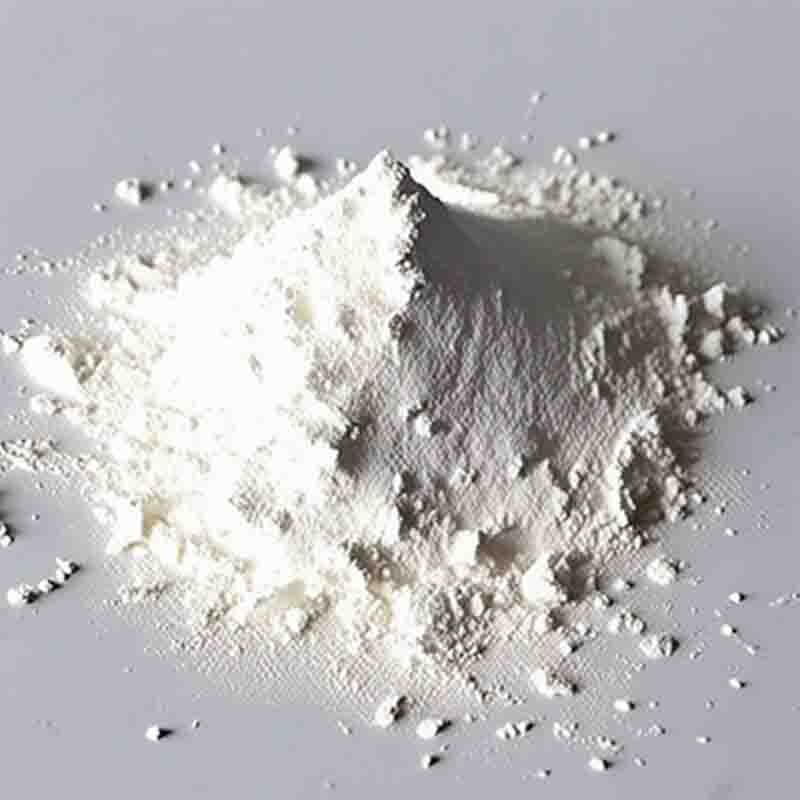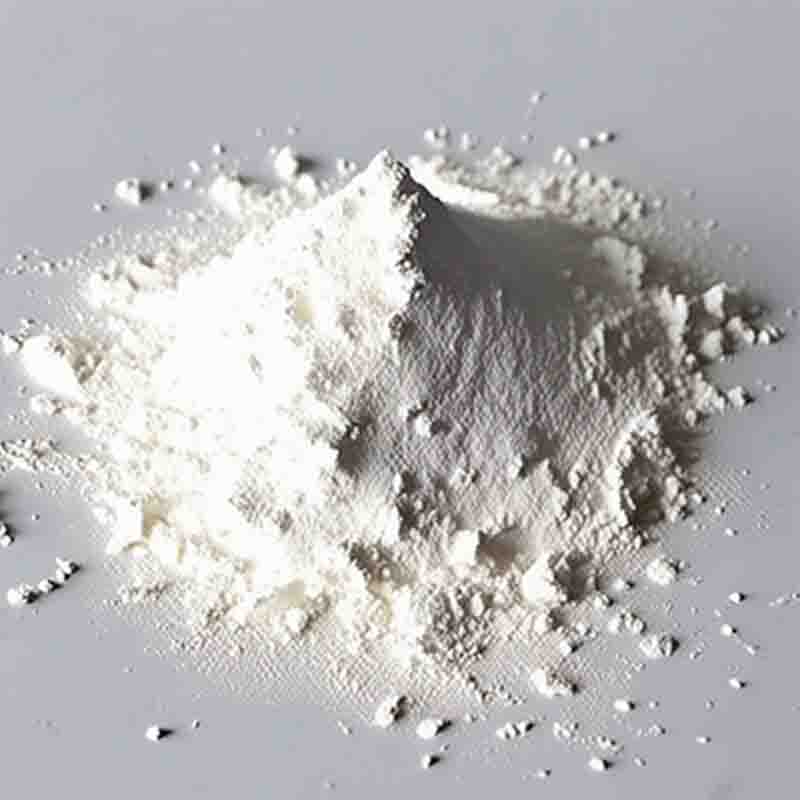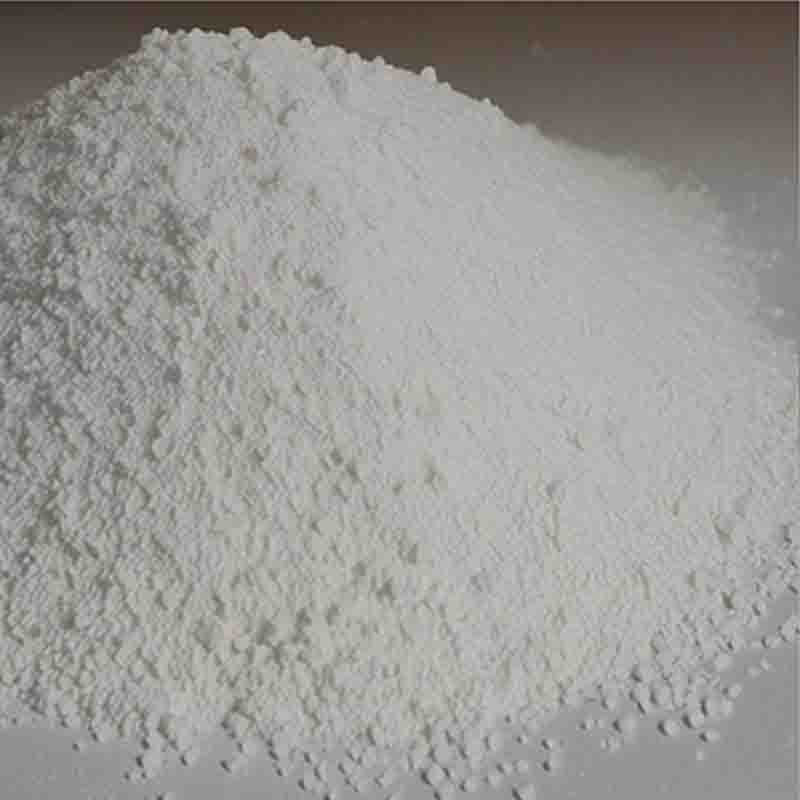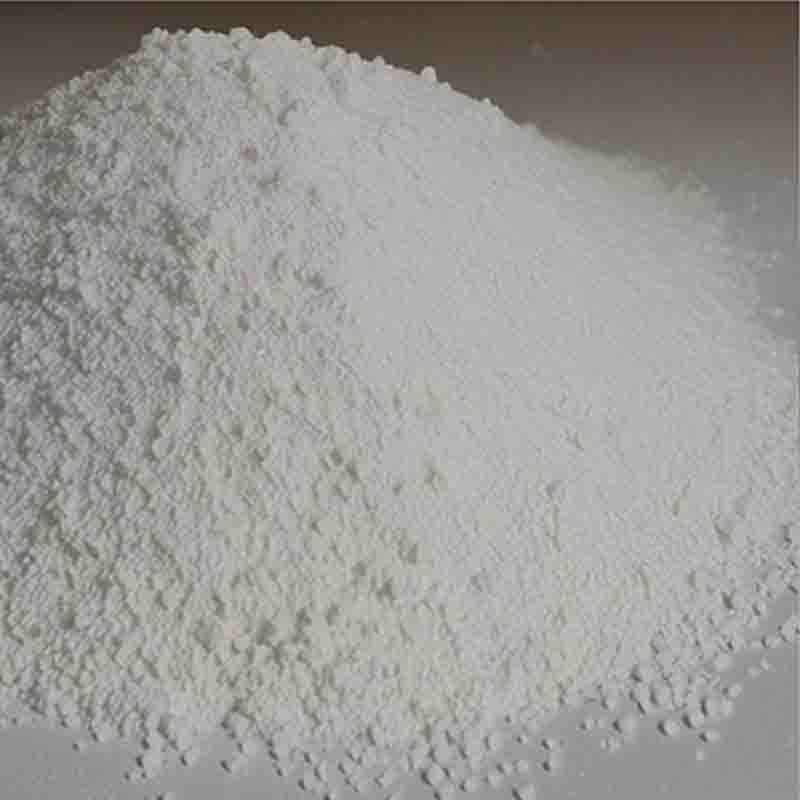(2R,4S)-N-ALPHA-T-BUTOXYCARBONYL-4-HYDROXYPYRROLIDINE-2-CARBOXYLICACID CAS:147266-92-0
| Catalog Number | XD94729 |
| Product Name | (2R,4S)-N-ALPHA-T-BUTOXYCARBONYL-4-HYDROXYPYRROLIDINE-2-CARBOXYLICACID |
| CAS | 147266-92-0 |
| Molecular Formula | C10H17NO5 |
| Molecular Weight | 231.25 |
| Storage Details | Ambient |
Product Specification
| Appearance | White powder |
| Assay | 99% min |
The compound (2R,4S)-N-alpha-t-butoxycarbonyl-4-hydroxypyrrolidine-2-carboxylic acid, also known as Boc-L-hydroxyproline, exhibits various effects and applications due to its unique chemical structure.One of the significant effects of Boc-L-hydroxyproline is its role in peptide synthesis. It serves as a key building block for the construction of peptides with targeted properties and functions. The N-alpha-t-butoxycarbonyl (Boc) protecting group attached to the amino group of hydroxyproline shields it from undesired reactions during peptide assembly. This protection ensures the selectivity and efficiency of the peptide formation process. Subsequently, the Boc group can be readily removed after peptide synthesis to reveal the unmodified hydroxyproline residue.Another notable effect of Boc-L-hydroxyproline stems from its involvement in collagen synthesis and structure. Hydroxyproline is a crucial amino acid in collagen formation. It contributes to the stability and structural integrity of collagen fibers, which are essential for the proper functioning of connective tissues such as skin, bones, and tendons. Boc-L-hydroxyproline thus finds applications in the field of tissue engineering, where it can aid in the synthesis of collagen-mimetic peptides for various biomedical purposes.Furthermore, Boc-L-hydroxyproline has been investigated for its potential antioxidant properties. Several studies have shown that hydroxyproline derivatives, including Boc-L-hydroxyproline, possess antioxidant activity and can scavenge free radicals. This antioxidant effect may have implications in combating oxidative stress-related diseases and age-related disorders.The versatility and effects of Boc-L-hydroxyproline underline its significance in multiple fields. Its role in peptide synthesis allows for the production of tailored peptides with desired properties. Its involvement in collagen structure signifies its importance in tissue engineering and regenerative medicine. In addition, its potential as an antioxidant adds to its biomedical applications.In conclusion, (2R,4S)-N-alpha-t-butoxycarbonyl-4-hydroxypyrrolidine-2-carboxylic acid, or Boc-L-hydroxyproline, exhibits various effects and applications due to its involvement in peptide synthesis, collagen structure, and potential antioxidant properties. Its versatility makes it a valuable tool in peptide chemistry, tissue engineering, and biomedical research. Further exploration of its effects may contribute to the development of novel therapeutic peptides, advancements in regenerative medicine, and a deeper understanding of collagen biology and oxidative stress-related disorders.









